Whether you want to waterproof your favorite denim jacket or your outdoor pillows or cushions, we’ve got you covered.
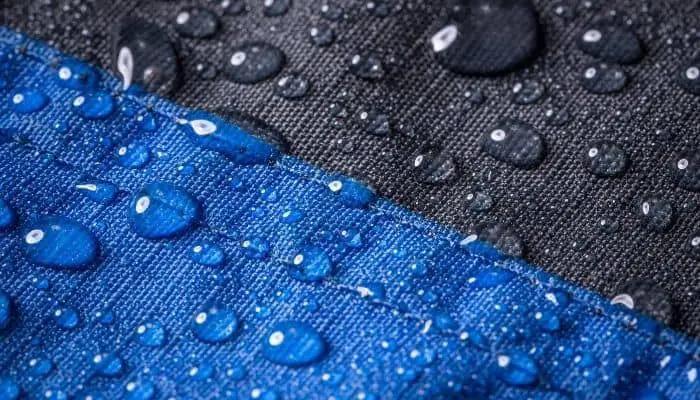
In this article, I’ll show you how to waterproof fabric with beeswax, waterproof spray, ironable vinyl, and some others.
1. Use Beeswax
Beeswax is a tried and tested product for waterproofing fabric.
It was the go-to waterproof substance for hundreds of companies in the 1960s and is still used today even decades later.

When using beeswax to waterproof fabric, make sure to test it on a small section of the fabric first because it can sometimes alter the color of the fabric.
For this reason, we don’t recommend using beeswax on light-colored fabric.
Here’s how to use beeswax as a way to repel water from fabric:
- On a double boiler, melt about four ounces of natural beeswax and mix it with four ounces of paraffin.
- While waiting for the beeswax mix to liquefy, put the cloth you want to waterproof into the dryer to warm it up. You can also use a hairdryer if you can’t put the item in the dryer. This step is optional but recommended, as it’ll make the wax application process significantly easier.
- Using a disposable one-inch paint blush, apply the molten wax onto the fabric. Spread the wax around and make sure you’ve coated all the nooks and crannies. Use your fingers if necessary, but only if the wax has cooled down to prevent you from burning yourself.
- Once the fabric is completely coated, melt the wax into it by heating the fabric with a hairdryer on high or a heat gun on low. The fabric should get darker as you do so.
- Check for uneven spots and reapply the beeswax mix if necessary.
- Set the waxed fabric in a warm, dry place for at least 24 hours. By then, the waxed material should be watertight, odorless, and ready to use.
You can waterproof any fabric with beeswax, including cotton, denim, and linen.
Fabric that has been waterproofed with beeswax must be hand washed with cold water.
Hot water will melt the beeswax, removing most, if not all, of its waterproof qualities.
Also, use a mild detergent without additives.
2. Use Waterproof Spray
Waterproof spray, also known as Durable Water Repellent (DWR), is a chemical coating added to fabrics to make them more water-resistant.
It’s a go-to choice for waterproofing outdoor gear and fabric because it’s much easier to use than beeswax.
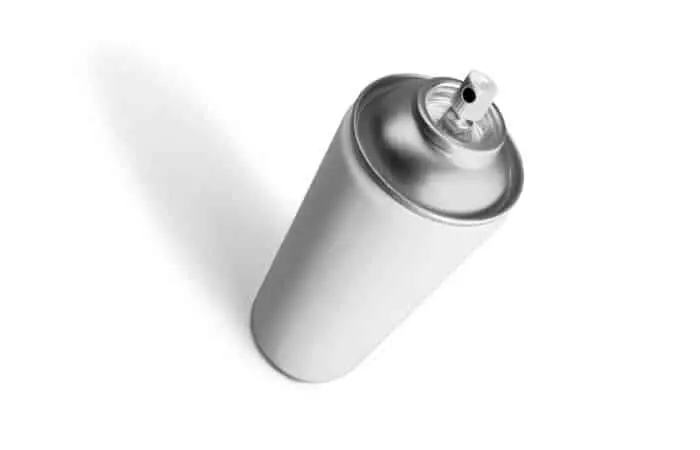
No melting is required; simply spray the product onto whatever fabric you want and leave it to dry for 24 hours.
You can buy DWRs from your local hardware or outdoor shop, as well as online stores like Amazon.
We recommend the Scotchgard Heavy Duty Water Shield, but Sof Sole Waterproofer and Nikwax Spray-On Waterproofer work just as well.
Here’s how to use a waterproof spray on fabric:
- Take the fabric you want to waterproof outdoors or in a well-ventilated space.
- Cover the surrounding area with old newspapers, masking film, or an old (but clean) cloth to protect it from overspray or mist.
- Spray the product directly on the fabric you wish to waterproof.
- Let the first coat dry fully, then apply a second coat if necessary.
- Leave the fabric in a cool, dry place and let it cure for 24 hours.
Like beeswax, waterproof spray works well on almost any type of fabric.
It’s especially effective on outdoor gear such as tents, jackets, backpacks, patio furniture, and the like.
High-quality DWRs can last from six months to a whole year before reapplication is required.
The spray doesn’t wash off easily and can survive over 100 washes in the washing machine, as long as you use a mild detergent.
3. Use Ironable Vinyl
Ironable vinyl is a smart way to laminate and waterproof fabric.
As it’s mainly composed of Polyvinyl Chloride (PVC), it not only makes the fabric water resistant but also stain-resistant.
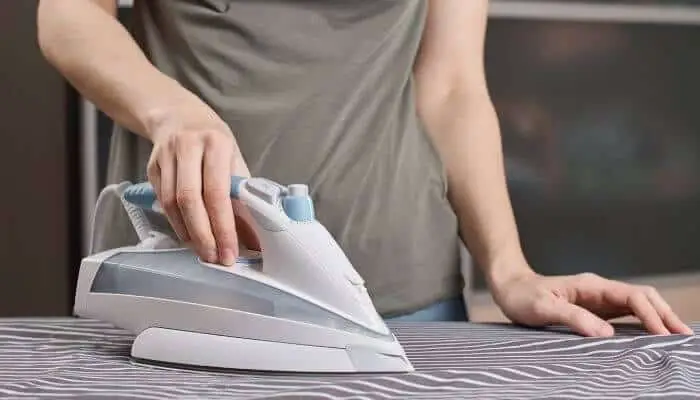
Ironable vinyl (or iron-on vinyl, as some companies call it) comes in thin sheets of peel-away backing paper, similar to the clear vinyl contact paper.
It’s available in gloss and matte variations.
Here’s how to use it:
- Place the fabric you want to waterproof flat on your work surface, right side up.
- Set your iron to a medium-wool setting and iron the fabric. Make sure the fabric is completely smooth and wrinkle-free before moving on to the next step.
- Place the ironable vinyl on top of the fabric and use it as a guide when cutting the vinyl. The vinyl must be large enough to cover the entire surface area of the fabric.
- Gently peel the backing paper off the vinyl and place the sticky side onto the fabric. Place the baking paper on top of the vinyl and iron the vinyl-covered fabric with medium heat.
- Move the iron back and forth so the vinyl doesn’t melt.
- Flip the fabric over and iron the other side.
You can use ironable vinyl on any ironable fabric, preferably pre-washed cotton fabrics.
Don’t use it on ultra-thin fabrics, fabrics that melt under heat, and fabrics that have a deep or furry texture.
When washing the waterproofed vinyl fabric, make sure to turn it inside out and place it in a mesh washing bag.
Wash it on a delicate, low spin, and make sure the water temperature is cold.
4. Use Linseed Oil
Linseed oil doesn’t work as well as the other waterproofing techniques on this list, but it can get the job done if you don’t have the other products on this list.
Linseed oil is hydrophobic in nature, which is why it’s a good waterproof solution.
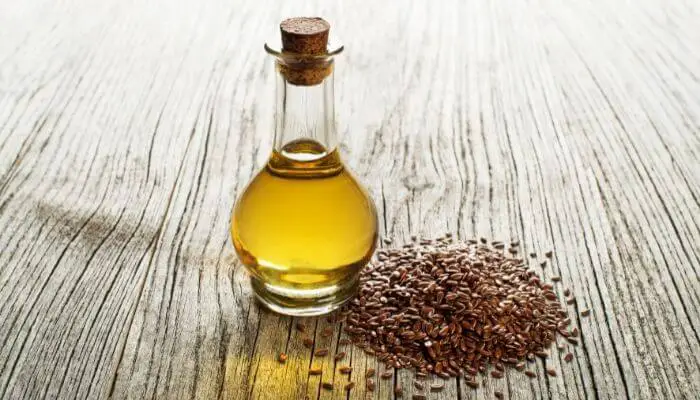
However, it can only be used to waterproof outdoor fabrics, such as tarps, tents, and, in some cases, denim.
It won’t work with cotton, wool, and other soft fabrics.
With that said, here’s how to use it:
- Using a rag, apply a single coat of linseed oil onto the surface of your fabric.
- Leave it to dry for about 30 minutes, and then wipe off the oil residue with a clean towel or cloth.
- Let the linseed oil coating cure for up to 24 hours.
Linseed oil washes off easily, so you’ll have to reapply it whenever you wash the treated fabric.
5. Use Washing Powder & Alum
Washing powder and aluminum potassium sulfate—alum for short—is another effective way of waterproofing fabric.
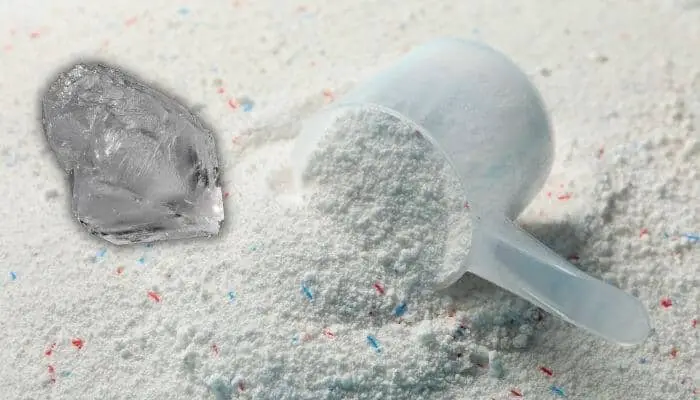
This method is typically used to waterproof construction materials and buildings, but it works well in regular fabrics, too.
Note that alum is an immensely potent and toxic chemical, so use protective clothing and goggles when using it on your projects!
Here’s how to use it:
- Pour about 225 grams of washing powder into 3.75 liters of hot water.
- Put the fabric you want to waterproof into the bucket and let it soak for about five minutes. Then, leave the fabric outside to dry.
- In a separate container, pour 125 grams of alum with 3.75 liters of water.
- Take the fabric you’ve previously soaked and dried and put it in the alum solution. Make sure the fabric is completely submerged.
- Let it soak for two hours and leave it out to dry, making sure the fabric is hanging freely.
You can waterproof any fabric with this method.
The waterproofing stays on even after you wash it multiple times.
Just make sure you’re using mild detergent.
